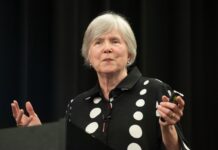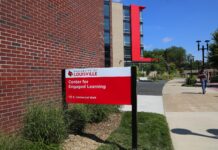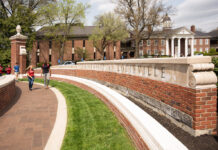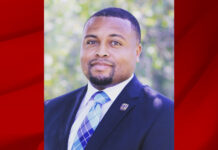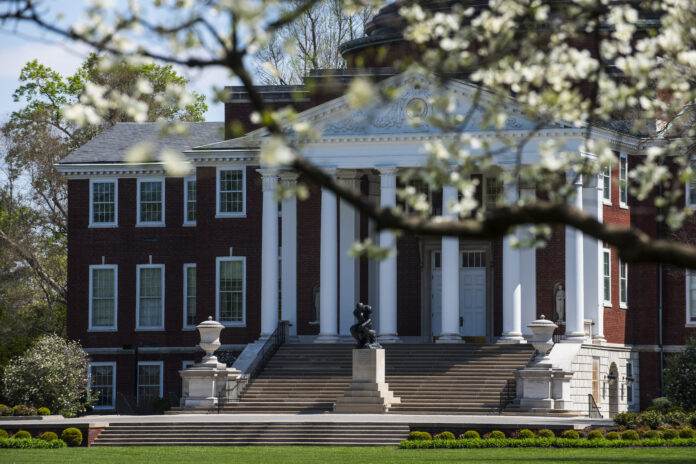
The University of Louisville can trace its roots all the way back to 1798, when eight Louisvillians declared their intention to establish the Jefferson Seminary. The institution set the foundation for what would eventually become UofL, created by the Kentucky legislature in 1846.
Throughout the 1900s, new programs were consistently added to the municipally supported public institution.
It wasn’t until July 1, 1970, however, when UofL officially entered the state system of higher education. The move was led by UofL President Woodrow M. Strickler with help from Kentucky governor Louie Nunn, a UofL alum.
Had that effort not come to fruition (and it almost didn’t), the University of Louisville would very likely be part of the University of Kentucky instead.
That’s right, UK would have included both a Lexington and Louisville campus – and basketball season would have likely been far less exciting in the commonwealth.
According to “The University of Louisville,” by Dwayne D. Cox and William J. Morison, a plan was presented to the 1968 General Assembly that would combine UofL and the University of Kentucky.
Those merger talks had been in the works for about five years prior to the vote. The two schools even established a joint committee to examine the combination. Ultimately, however, the schools couldn’t agree on terms.
Had the merger gone forward, the new institution would have had one president, chancellors on both the Louisville and Lexington campuses and it would be called the “University of Kentucky.” Board members would have been retained from UK only, while financial support for UofL would have come from the “availability of additional funds.”
Strickler thought this proposal was inequitable and that the recommendations would compromise UofL’s institutional integrity.
“Overall, proposals seemed more like absorptions than merger, including the proposed name for the merged institution,” “The University of Louisville” notes.
In November of 1969, it was announced that the universities were “too far apart on too many issues to negotiate a merger.” After a failure to reach an agreement, UofL acted alone to avoid further delay, approaching the General Assembly with plans to enter the state system independently. On March 30, 1970, the bill was approved by Governor Nunn and, on July 1, 1970, UofL officially entered the state system.
UofL instantly became the second largest university in the commonwealth. However, the institution’s first state appropriation was for $13.2 million, versus the $34.5 million it requested. As such, UofL had to work around insufficient funding in those early years as a state school, and several programs were at risk with losing accreditation.
Also worth noting, UofL continued to navigate internal dissent about its newly-formed state affiliation. Trustee Charles Farnsley, for example, believed relinquishing local control was “the most disastrous thing that will ever happen to the city of Louisville.”
Another trustee, John Tarrant, considered the state affiliation unconstitutional.
All of that dissent eventually dissipated. However, “The University of Louisville” book called the years-long ordeal “strenuous.” The Courier Journal also criticized UofL for acting alone, with editors claiming that the move undermined any future potential for a merger between the two large state schools.
At the time – 50 years ago – other members of the system, especially the University of Kentucky, weren’t exactly willing to welcome UofL with open arms, as the schools were competitive in many of their graduate and professional programs.
“This scattered resources, but also broadened opportunities,” according to the book. “The question was how broad the taxpayers of Kentucky could afford to make the opportunities.”
While the two major institutions remain competitive today – academically, athletically and for state appropriations – UK and UofL also collaborate for good on a number of projects. Without question, the commonwealth and its citizens are better served having two innovative research institutions with the same objective – to provide new solutions to issues that affect our state, nation and world.





